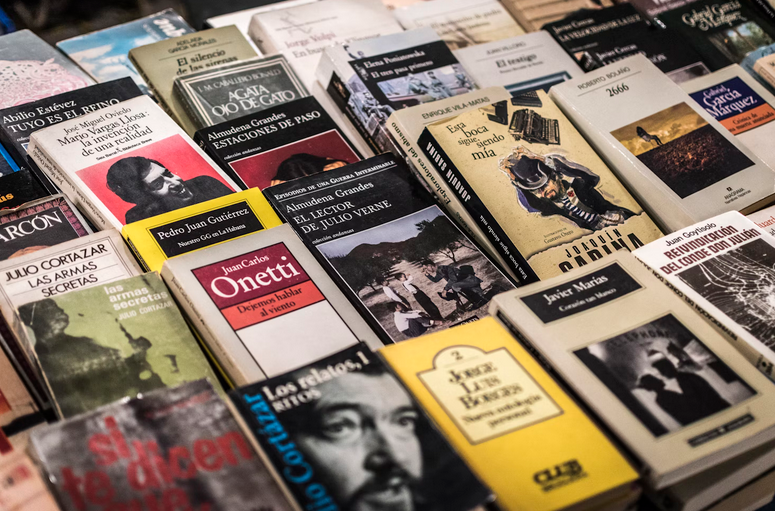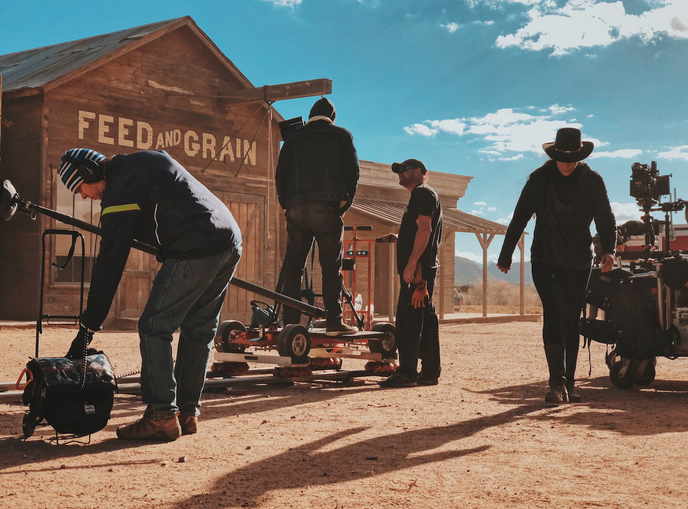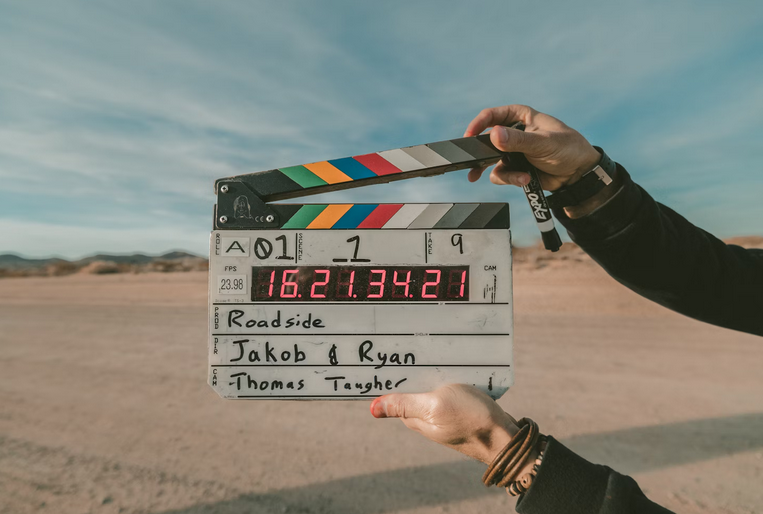Lights, camera, action! Are you ready to take your filmmaking skills to the next level? In this blog post, we will show you how to bring DIY movie magic to life in your films. From scriptwriting to production and editing, we’ll guide you through each step of the process so you can create captivating and professional-looking movies on a budget.
Plan Your Story

Before you start filming, take the time to plan out your story and develop a clear vision for your film or video project. Consider the genre, theme, and message you want to convey and outline a script or storyboard to guide your filming process. Think about the characters, settings, and plot points that will bring your story to life, and visualize how each scene will unfold on screen. By establishing a solid foundation for your project, you’ll be better equipped to capture meaningful moments and create a cohesive narrative that resonates with your audience.
Master Your Equipment
Please familiarize yourself with the tools of the trade, whether it’s a professional camera, a smartphone, or a digital camcorder. Learn how to adjust settings such as exposure, focus, and white balance to achieve the desired look and feel for your footage. Experiment with different lenses, angles, and camera movements to add visual interest and enhance storytelling.
Invest in essential accessories such as tripods, stabilizers, and microphones to ensure smooth and professional-looking shots. Remember that creativity and skill are more important than expensive equipment – with the right techniques, you can achieve stunning results with even the most basic gear.
Focus on Lighting and Composition
Pay close attention to lighting and composition to create visually striking and engaging scenes. Experiment with natural light, artificial light sources, and reflectors to achieve the desired mood and atmosphere for each shot. Position your subjects and props thoughtfully within the frame, and use techniques such as the rule of thirds, leading lines, and framing to create visually compelling compositions. Consider the color palette, texture, and contrast of your scenes, and adjust lighting and camera settings accordingly to achieve the desired look and feel.
Choose Sound Design and Editing
Don’t overlook the importance of sound design and editing in shaping the overall impact of your film or video project. Capture high-quality audio using external microphones or audio recorders to ensure clear dialogue and ambient sound. Experiment with sound effects, music, and voiceover to enhance mood, build tension, and evoke emotion in your scenes. Use editing software such as Adobe Premiere Pro, Final Cut Pro, or DaVinci Resolve to assemble your footage, add transitions and effects, and fine-tune the pacing and rhythm of your story. Remember to pay attention to detail and strive for seamless transitions and polished audiovisuals that captivate your audience from start to finish.
Collaborate and Seek Feedback

Filmmaking is a collaborative art form, so don’t be afraid to collaborate with others and seek feedback on your work. Surround yourself with a talented and supportive team of collaborators, including writers, actors, cinematographers, and editors, who share your vision and passion for storytelling. Solicit constructive criticism and feedback from peers, mentors, and industry professionals to help you identify strengths and weaknesses in your work and refine your craft. Embrace opportunities for learning and growth, and be open to new ideas and perspectives that can elevate your filmmaking skills to new heights.
Practice and Persevere
Like any creative endeavor, filmmaking requires practice, patience, and perseverance to master. Don’t be discouraged by setbacks or challenges along the way – instead, use them as opportunities to learn and grow as a filmmaker. Keep honing your skills, experimenting with new techniques, and pushing the boundaries of your creativity. Stay passionate and committed to your craft, and don’t be afraid to take risks and explore new territories in pursuit of your artistic vision. With dedication and determination, you can unleash your creativity and create DIY movie magic that inspires and entertains audiences around the world.
With the right combination of planning, creativity, and technical skill, anyone can create their films and videos that captivate, inspire, and entertain. By following these expert tips for DIY filmmaking – from planning your story and mastering your equipment to perfecting lighting and composition, sound design and editing, collaborating with others, and practicing perseverance – you can unleash your creativity and bring your cinematic visions to life.

